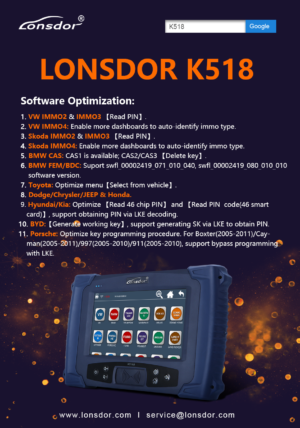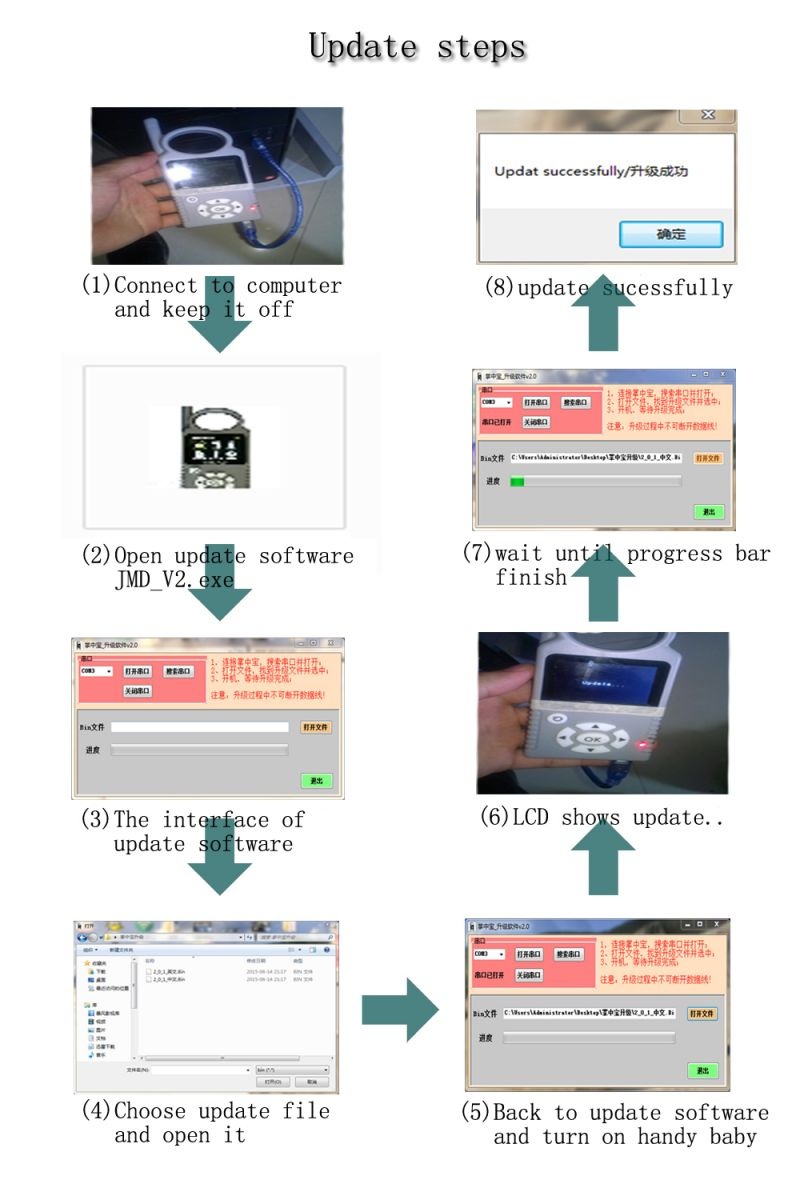
- #SMARTCARD DECODING PROGRAM UPDATE HOW TO#
- #SMARTCARD DECODING PROGRAM UPDATE SERIAL#
- #SMARTCARD DECODING PROGRAM UPDATE FULL#
- #SMARTCARD DECODING PROGRAM UPDATE PASSWORD#
#SMARTCARD DECODING PROGRAM UPDATE FULL#
A benefit of this technique is that the Bus Pirate, which only switches at 3.3volts, will talk to the sle4442 at a full 5volts, in compliance with the 3.5volt minimum voltage for a high level (datasheet, page 27, table 3.2.3:Vih).īefore we can read data from the card, we have to initialize it. Without the pull-up resistor, we’ll never see anything but 0 (ground) on the bus because the sle4442 doesn’t exert a voltage of it’s own.

High-impedance means that the chip exerts no state on the line, it lets it float, like a microcontroller input pin.Įach of the signal lines need to be pulled-up to 5volts with a 2K-10K resistor, the value isn’t particularly important. Instead of switching the data pin between ground and 5volts, it switches between ground and high-impedance states. The sle4442 has open collector outputs, and depends on pull-up resistors to hold the bus high. The Bus Pirate’s raw 2 wire protocol runs at about 5kHz, but we didn’t have any problems interfacing the device. The maximum clock frequency we can use to interface the device is 50kHz, with a 7kHz stated minimum (page 28, table 3.2.4:fCLK). A third signal, reset, is required to initialize the chip we used the Bus Pirate’s auxiliary output to control the reset line. We connected these to the Bus Pirate’s SDA and SCL pins. Interfacing at five volts is no problem because the Bus Pirate inputs are all 5volt tolerant.Ī two-wire interface is used, with a clock line and bi-directional data line. The card requires 5volts DC (datasheet page 27, table 3.2.2), we used the Bus Pirate’s handy 5volt supply. If you’re having trouble orienting the card, note that the large center pad connects to ground. The pinout is shown in the picture above. Grab the SLE4442 datasheet (PDF) if you haven’t already.
#SMARTCARD DECODING PROGRAM UPDATE HOW TO#
We’re not planning on maliciously intruding on the card, but we can still look at the contents and demonstrate how to interface arbitrary protocols with our latest project, the Bus Pirate. The card even makes appearances in artwork.
#SMARTCARD DECODING PROGRAM UPDATE PASSWORD#
went right to the source and snooped the password with a logic analyzer, as documented in his famous ’06 Defcon presentation. You can see high-resolution images of the die on his site. examined the silicon die and suggested that shorting a trace might defeat the security measures.


At the ’06 Toorcon, and hosted a discussion on the card. It’s protected from writes by a three byte password, with a ‘three strikes you’re out’ policy that renders the card useless after three failed password attempts.ĭue to its wide-spread use, in Kinko’s and other capacities, the SLE4442 has been the target of several high-profile hacks. The card is openly readable, we’ll be able to look at the contents without any sort of malicious intrusion. There’s nothing secret about the SLE4442, it’s completely documented in the datasheet (PDF), and you can buy blank cards on the web.

The FedEx Kinko’s prepaid card is actually a SLE4442 smart card. In today’s How-to, we show you how to interface common smart cards, and walk you through the data stored on a FedEx Kinko’s prepaid value card.
#SMARTCARD DECODING PROGRAM UPDATE SERIAL#
Using our latest project, the Bus Pirate universal serial interface, we can dump the memory from many common smart cards. Our wallets are filling up with SIM and RFID cards that contain hidden information.


 0 kommentar(er)
0 kommentar(er)
